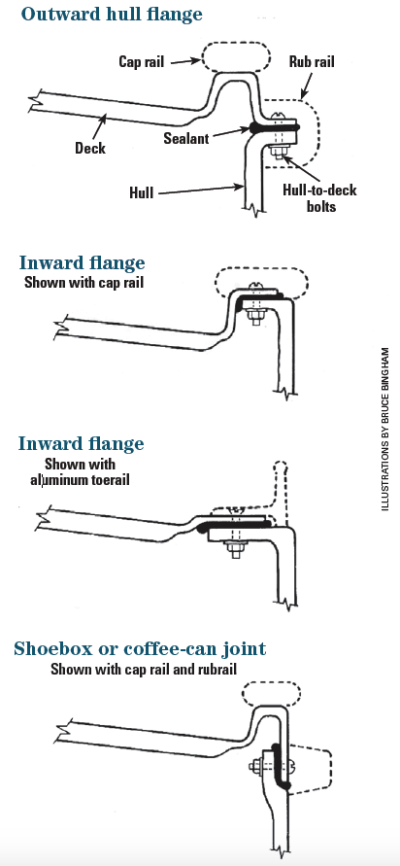boating rich
Veteran Member
I like to watch YouTube cruising and some of some of my favorites have switched to brand new, huge, complicated Catamarans. Shows I really like had older boats cruising in cool places, but have now become folks dealing with tons of warranty claims and months of trouble shooting on brand new boats.
As a person who has always bought 10-15 year old boats and upgraded and/or fixed the systems in the first year, I have always dreamed that I could buy a new boat and do more cruising and less fixing.
I have a question for the folks of this forum who have had new boats..are these new generation of huge, complicated boats that much of a mess or are the YouTube folks just making it look more dramatic?
As a person who has always bought 10-15 year old boats and upgraded and/or fixed the systems in the first year, I have always dreamed that I could buy a new boat and do more cruising and less fixing.
I have a question for the folks of this forum who have had new boats..are these new generation of huge, complicated boats that much of a mess or are the YouTube folks just making it look more dramatic?

